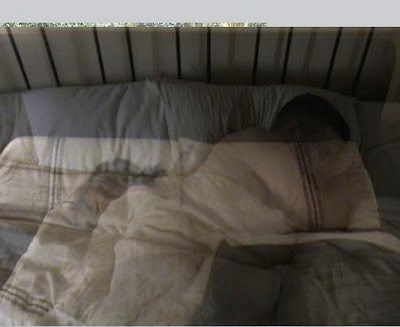Untitled from Sophie Butler on Vimeo.



Conventions of our music video:
Ancillary Tasks:
Looking at our finished magazine advertisement and digipak work next to real media products, allows me to see that we have used the conventions of the real products. By researching real media products enabled us to get ideas and create our own.

As well as the feedback we got from the social networking site, we was able to individually interview a few people from school that have watched our video.
The main feedback that we recieved was how well our actors worked in order for us to complete the video. The time lapse section where we showed the time moving by quickly, was a big hit with our target audience! As well as this, everyone we spoke to thought that the black and white convention worked well at highlighting the memories and times of the past, separate from the hard times the couple are facing at present. We also learnt from our feedback that our ancillary tasks fit well with the theme and genre of the video.
The main negative feedback that we got from the feedback was that the suit at the beginning of the video is slightly green, we put this down simply to a camera fault that would of been time consuming to re-film all over again. This was what we also learned from the feedback from our rough cut.
Blogger enabled us to easily publish posts whenever we wanted! It was such an easy way of just putting down any ideas and being able to post research and planning ideas. Using a computer nearly all day every day in our lives made it easier to do work. Having the Internet as a whole has helped the process from to start to finish of construction, research, and planning as we were able to use search engines to find out information.
We used Final Cut Express in order to edit our video. The software was new to all of us so it was going to be a big learning curve, however, Sophie in our group got the hang of it before the rest of us! Considering that we had never even heard of the programme Final Cut, which is what would allow us to create our first music video, we was able to make the ideas that we had for different parts real. However, obviously, before we could even edit we needed to go out and get footage that we could actually properly edit to be a part of our creation. We used a Sony Handicam video recorder which we put a tape into to record all of our footage onto. The camera was easy to work with which was a positive to us as we were able to get straight on and film!
When working in Final Cut we were able to get screen grabs of some major changes that we made to the video in order to achieve our final cut.When we decided to show time passing by using the sky change from daylight to night time. There was only one way that we could do it... set up our digital video recorder on a tripod and record for a few hours until we got the shot we wanted! In final cut we were able to speed up the shot by 40,000%!!! This meant that in the video, it would quickly change from daylight to night time. 

A number of our cuts are merged in with each other using a cross dissolve. We chose to use this as we thought it was the most natural transition and really worked well for what we wanted to achieve. 
We desaturated a number of shots within our video so that we was able to show past times/memories of the couple who were spliting up. We thought by making each cut black and white would easily distinguish what is a memory. The efffects in Final Cut enabled us to do so.  For the dream sequence, we changed the brightness and contrast of the cut so that it looked slightly blurry and more dream like. We wanted it to look different from the other cuts in the video as it is a different scene. Using the filters on Final Cut enabled us to experiment with the shot and make it appear how we wanted it.
For the dream sequence, we changed the brightness and contrast of the cut so that it looked slightly blurry and more dream like. We wanted it to look different from the other cuts in the video as it is a different scene. Using the filters on Final Cut enabled us to experiment with the shot and make it appear how we wanted it.
Photoshop was essential when it came to creating the magazine advertisement and digipak. Photoshop allowed us to use different techniques and filters in order to achieve the background that was used in the final outcomes.

